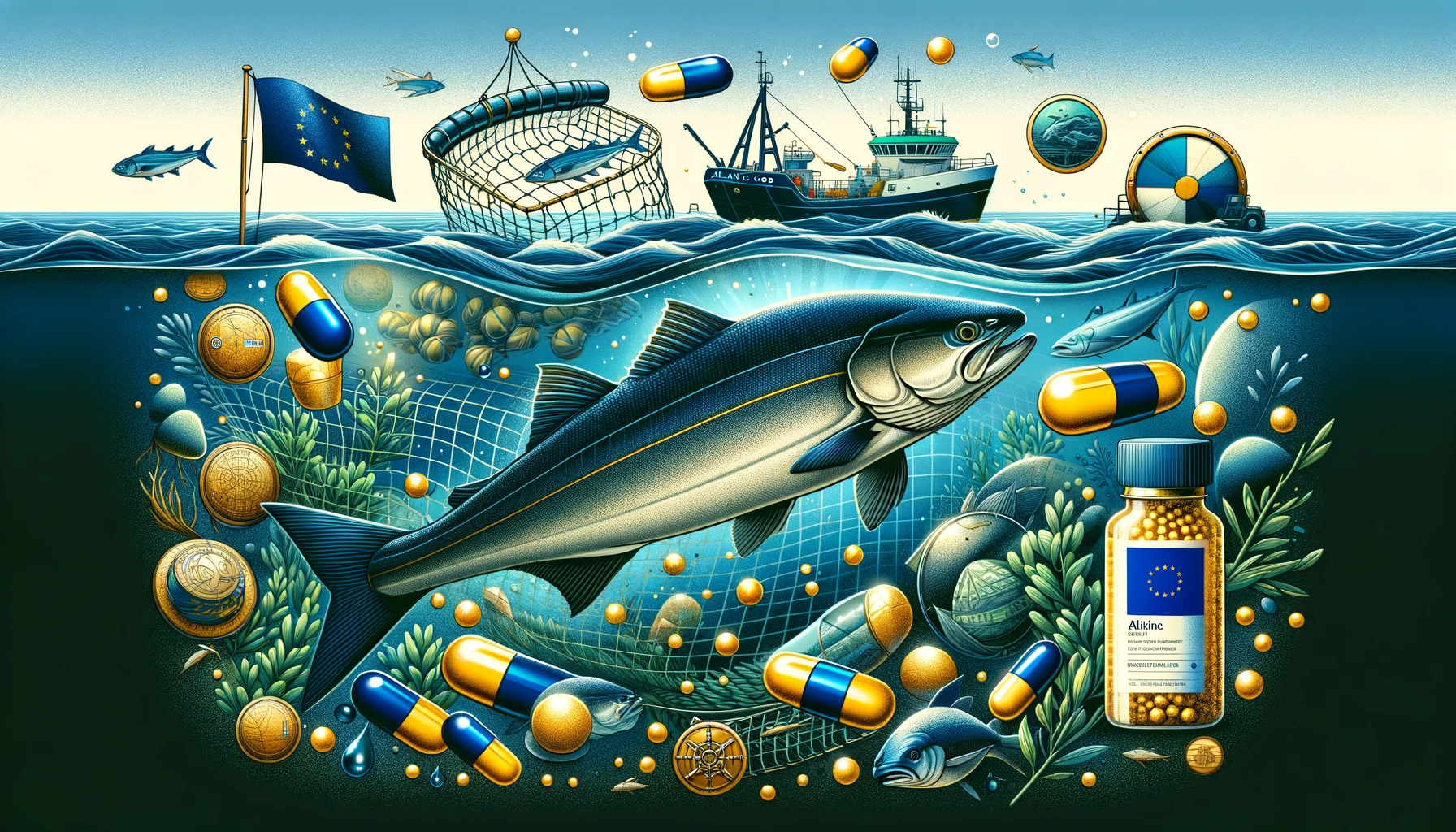
The Atlantic cod (Gadus morhua), a staple in marine fisheries for centuries, has been sought after not just for its meat but also for cod liver oil, a valuable source of omega-3 fatty acids, vitamins A and D, and other nutrients. However, the sustainability of fishing Atlantic cod, particularly for cod liver oil production, has become a pressing concern amidst declining populations and environmental challenges. This article explores current population trends, EU regulations on fishing, and the holistic use of cod fish, emphasizing the importance of sustainable practices in the industry.
Current Population Trends
Atlantic cod stocks have experienced significant fluctuations due to overfishing, climate change, and habitat degradation. Historically abundant populations have seen dramatic declines, particularly in the North Atlantic regions, leading to stringent regulations and conservation efforts. Recent assessments suggest varying trends across different fishing grounds, with some areas showing signs of recovery due to these efforts, while others remain under threat.
The sustainability of cod liver oil production is intrinsically linked to the health of these populations, as the oil is derived from the livers of caught fish. With the global demand for cod liver oil remaining high, the pressure on Atlantic cod stocks persists, making the management of these fisheries crucial for the species’ future.
EU Regulations on Fishing
The European Union has been at the forefront of implementing regulations aimed at ensuring sustainable fishing practices. These regulations include setting annual catch limits, enforcing size restrictions to protect juvenile fish, and establishing marine protected areas (MPAs) to conserve critical habitats. The EU’s Common Fisheries Policy (CFP) plays a pivotal role in managing fish stocks within European waters, seeking to achieve maximum sustainable yield (MSY) to ensure that fishing activities do not compromise the long-term viability of fish populations.
In addition to these measures, the EU also promotes the use of selective fishing gear and techniques to reduce by-catch and minimize the impact on the marine ecosystem. These regulations are crucial for maintaining healthy cod stocks and, by extension, the sustainable production of cod liver oil.
Cod Fish: A Holistic Resource
Interestingly, cod fish are typically caught for their meat, with the liver being a valuable by-product used in the production of cod liver oil. This holistic use of the fish aligns with sustainable practices by minimizing waste and maximizing the utilization of caught fish. It underscores the industry’s potential for sustainability, provided that fishing activities are conducted responsibly and within the bounds of scientific recommendations and regulatory frameworks.
The approach to using cod fish for both meat and cod liver oil production exemplifies a more sustainable path forward, leveraging the full value of the resource while adhering to conservation principles. It highlights the importance of integrated management strategies that consider both the demand for fish products and the need to protect marine biodiversity.
Conclusion
The sustainability of fishing Atlantic cod for cod liver oil production hinges on responsible management practices, adherence to scientific and regulatory guidelines, and a commitment to conservation. While current population trends offer a mixed picture, the implementation of EU regulations and the holistic use of cod fish for both meat and liver oil production provide a framework for sustainable use.
As the industry moves forward, the continued focus on sustainable practices, research into alternative sources of omega-3 fatty acids, and consumer awareness will play critical roles in ensuring the long-term viability of Atlantic cod stocks. The production of cod liver oil, when aligned with these principles, can continue to offer valuable health benefits without compromising the health of our oceans.